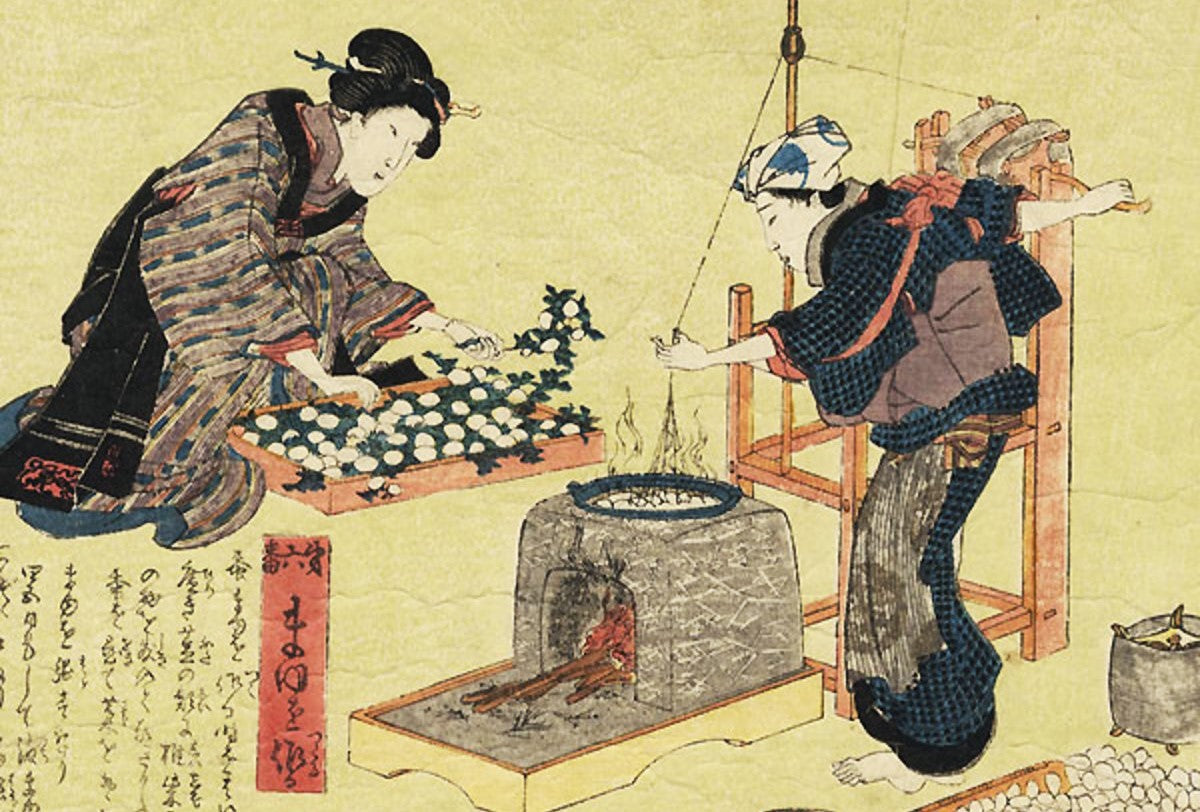Silk, the luxurious fabric that graces our lives, has a rich history dating back to China in the Neolithic era. Originating in the Yangshao culture around the 4th millennium BC, silk production initially thrived within China until the Silk Road opened during the later half of the first millennium BC. China maintained a monopoly on silk for centuries, using it not only for clothing but also for writing and even as a marker of social class during the Tang Dynasty.
The silk story didn't stop in China. By 300 AD, silk cultivation spread to Japan, and by 522 AD, the Byzantines managed to obtain silkworm eggs, kickstarting silkworm cultivation in their region. Concurrently, the Arabs also began their journey into silk manufacturing. The Crusades played a pivotal role in bringing silk production to Western Europe, particularly Italy, which experienced an economic boom by exporting silk to the rest of Europe. However, it wasn't until the Industrial Revolution that significant changes occurred in Europe's silk industry.
The 16th century saw France join Italy in a successful silk trade, but the tides turned during the Industrial Revolution. Cotton became cheaper to manufacture, overshadowing the expensive silk production. Despite setbacks like silkworm diseases, the introduction of new weaving technologies like the Jacquard loom increased efficiency. In the 20th century, Japan and China regained their prominence in silk production, with China currently holding the title of the world's largest silk producer. However, the rise of new fabrics like nylon led to silk once again becoming a rare luxury.

The intricate process of silk manufacturing, known as sericulture, was discovered by the Chinese 5,000 years ago. Legend has it that Princess Xi Lingshi stumbled upon the idea when a cocoon dropped into her tea under a mulberry tree. The key to silk production lies in the silkworm, particularly the Bombyx mori. These flightless moths lay 500 eggs in 5 days, and after a month-long lifecycle, they spin a cocoon around themselves, yielding around 900 meters of a single thread per cocoon.
Silk's unique properties make it a canvas for vibrant colors, as its triangular cross-section intensifies the effect of any dye. Silk's versatility, ranging from gossamer thin to thick upholstery weight, provides designers with endless possibilities. The farming and weaving of silk are laborious processes, involving 34 million people globally and serving as a buffer against poverty in rural communities. The main silk-producing countries include China, India, Brazil, North Korea, Thailand, and Vietnam.
Sevenmuses, committed to providing the highest quality, uses the best handwoven silk in its products. Each fabric undergoes individual inspection to ensure excellence, making it a choice that resonates with the discerning consumer.
